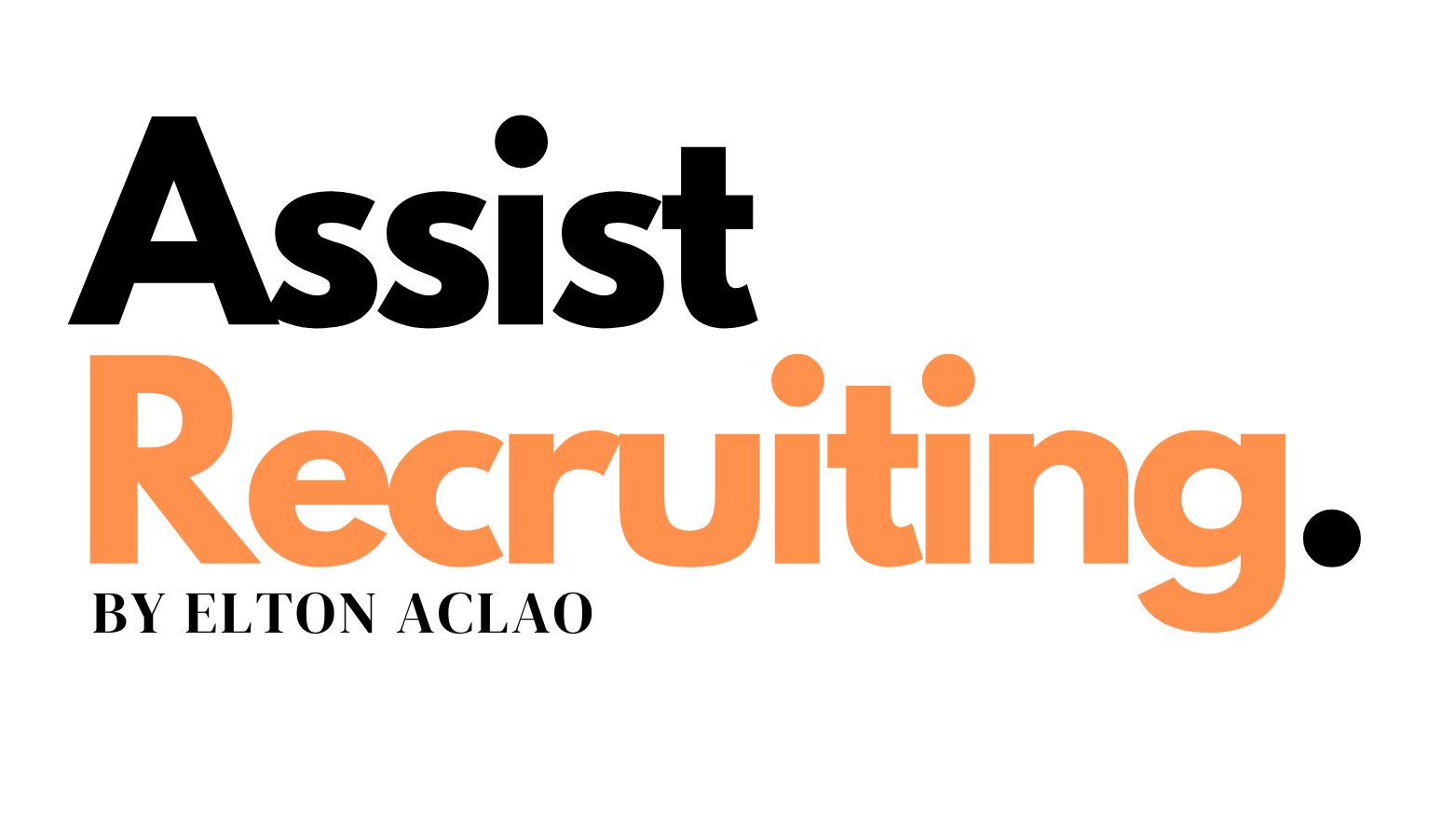In today’s fast-paced business environment, having a reliable Virtual Assistant (VA) can be a game-changer. But the true value of a VA is realized not just when they complete tasks but when they evolve into taking ownership of entire functions. This transformation—from task executor to strategic partner—can elevate your business operations, free your time, and unlock scalability. In this article, we’ll explore how to level up your Virtual Assistant to ensure they’re not only efficient but also empowered to contribute meaningfully to your growth.
Why Businesses Need to Level Up Their Virtual Assistant
Many business owners hire a Virtual Assistant to handle repetitive tasks—emails, scheduling, data entry. But keeping them in that limited scope means you’re underutilizing their potential. By nurturing their skills and giving them ownership, you:
- Boost productivity across teams.
- Improve decision-making through proactive support.
- Build trust and long-term loyalty with your VA.
- Free up leadership time to focus on strategy and growth.
Step 1: Set Clear Expectations Early
Your Virtual Assistant cannot step into ownership without clarity. At the start:
- Define responsibilities and success metrics.
- Share SOPs (Standard Operating Procedures).
- Outline the decision-making boundaries.
When expectations are clear, your VA will feel confident enough to take initiative rather than wait for constant instructions.
Step 2: Invest in Training and Development
A Virtual Assistant thrives when given opportunities to learn. Consider:
- Providing access to training platforms.
- Offering role-specific certifications.
- Encouraging shadowing and mentoring opportunities.
Training not only sharpens skills but signals that you see your VA as an integral part of the team—not just an admin resource.
Step 3: Encourage Proactive Problem-Solving
Ownership begins when your Virtual Assistant feels empowered to solve problems instead of escalating them. Foster this by:
- Creating a culture where mistakes are learning opportunities.
- Allowing room for initiative within defined parameters.
- Recognizing and rewarding proactive behavior.
This mindset shift builds accountability and a sense of pride in their work.
Step 4: Provide the Right Tools and Systems
Without the right systems, even the best Virtual Assistant will struggle to take ownership. Essential tools include:
- Project Management Platforms (e.g., Asana, ClickUp, Trello)
- Communication Tools (Slack, Microsoft Teams)
- Time Tracking & Productivity Tools (Hubstaff, Time Doctor)
- Knowledge Repositories (Notion, Confluence)
These tools create structure, improve visibility, and give your VA autonomy to manage workflows.
Step 5: Gradually Delegate Higher-Level Responsibilities
Don’t expect your Virtual Assistant to transform overnight. Start with small ownership opportunities:
- Managing client follow-ups independently.
- Handling reporting and analytics.
- Coordinating small projects from start to finish.
Over time, increase complexity—such as managing vendor relationships or overseeing processes. This builds confidence and competence.
Step 6: Foster a Culture of Trust and Communication
Trust is the foundation of ownership. To strengthen it:
- Hold regular check-ins focused on feedback.
- Share the bigger picture of company goals.
- Treat your VA as part of the team—not an outsider.
When your Virtual Assistant understands the mission and feels valued, they’re more likely to take ownership of outcomes.

Real Results: How Assist Recruiting Helps Clients Level Up Their VAs
At Assist Recruiting, we’ve seen firsthand how businesses thrive when they empower their Virtual Assistants. Our clients who shift from task delegation to ownership delegation report:
- Increased productivity across departments.
- Stronger VA retention rates.
- Greater innovation as VAs bring in new ideas.
Our role is to not just provide highly skilled VAs but to guide companies in maximizing their impact.
FAQs About Leveling Up a Virtual Assistant
1. How long does it take for a Virtual Assistant to transition from tasks to ownership?
It varies, but most VAs can start taking on ownership roles within 3–6 months if given proper training, support, and clear expectations.
2. Can every Virtual Assistant take ownership?
Not all VAs will excel at ownership roles, but with careful selection, onboarding, and support, many can rise beyond administrative work.
3. What responsibilities can be shifted to a Virtual Assistant over time?
Beyond admin tasks, VAs can manage client relationships, coordinate projects, oversee reporting, and even supervise small teams.
4. How do I measure success when giving ownership to a VA?
Track key metrics like turnaround time, error rate, independent decision-making, and the ability to manage projects without constant oversight.
5. What if my Virtual Assistant makes mistakes while taking ownership?
Mistakes are part of the learning process. Use them as coaching moments to build confidence and long-term capability.
From Task Taker to Growth Partner
A Virtual Assistant is more than just a support role—they can become a true partner in scaling your business. By setting expectations, investing in their growth, delegating higher-level work, and fostering trust, you create an empowered VA who drives results.
At Assist Recruiting, we specialize in helping businesses unlock this transformation—matching you with skilled VAs and guiding you on how to level them up for long-term success.
Ready to transform your Virtual Assistant into a growth partner? Contact Assist Recruiting today to book a free consultation and discover how we can help you build a stronger, scalable team.
Learn more insights from our blogs.


Leave a Reply